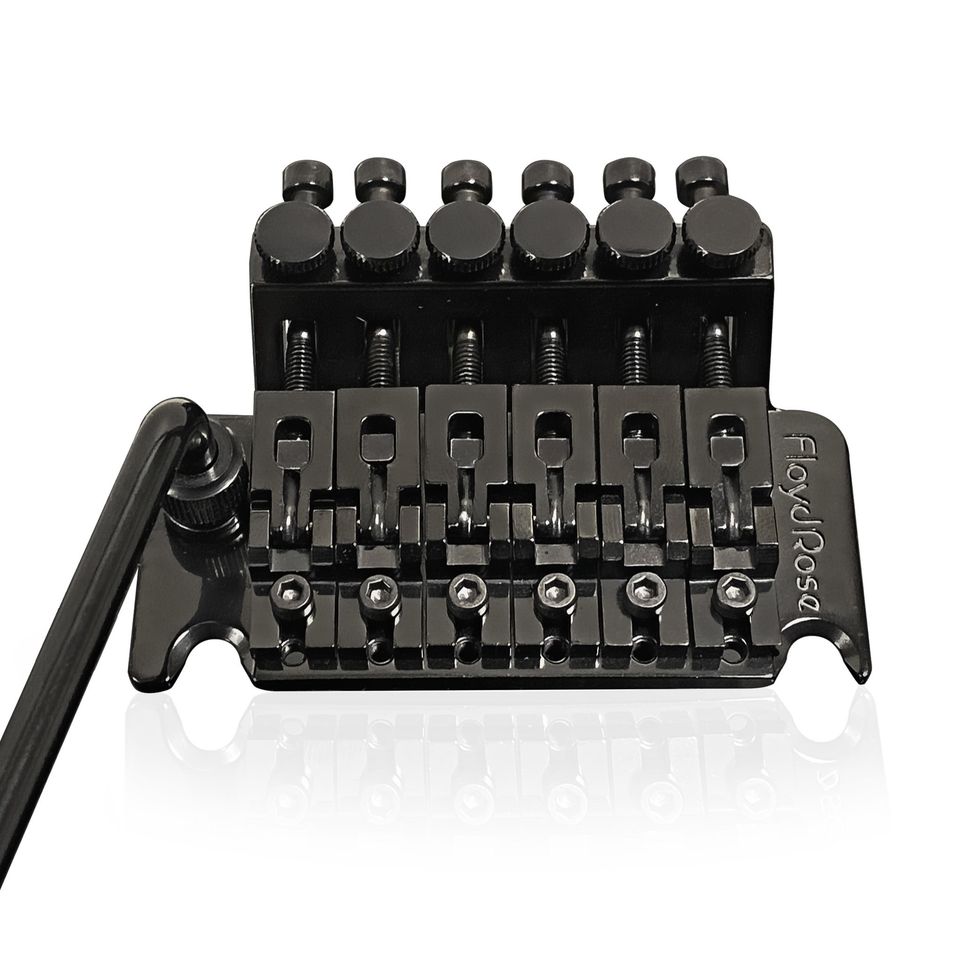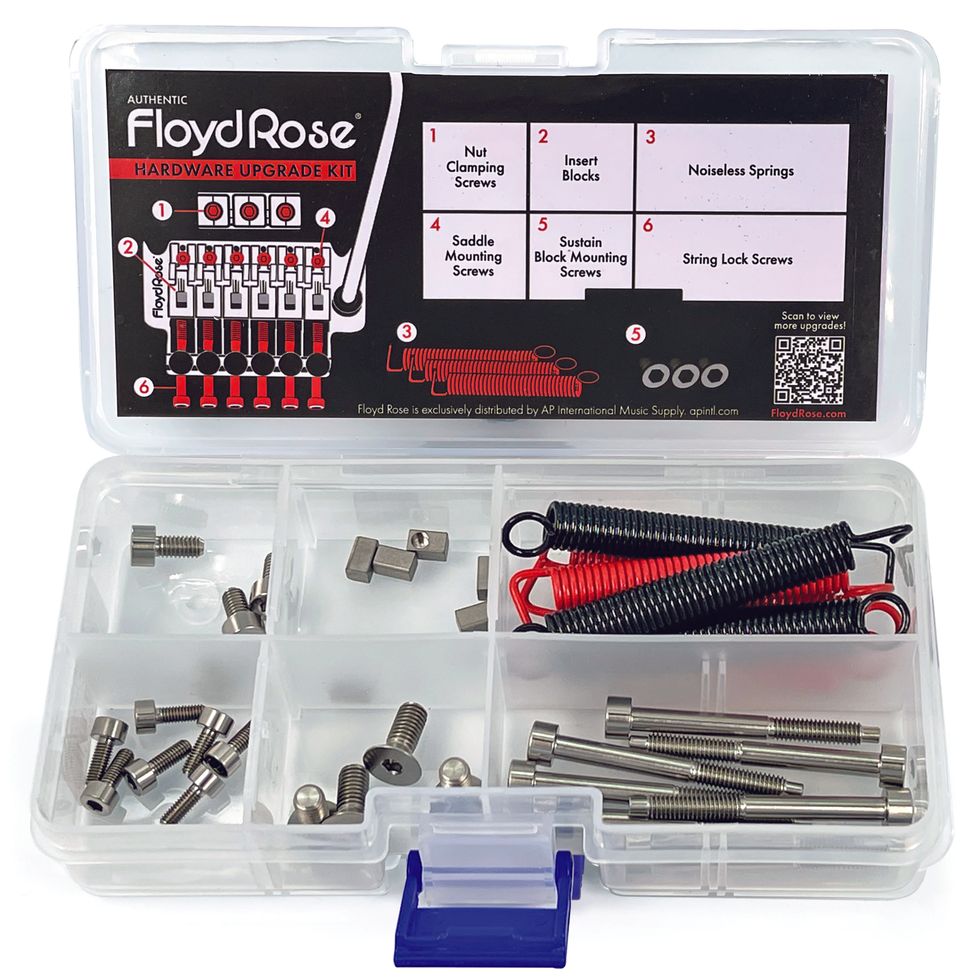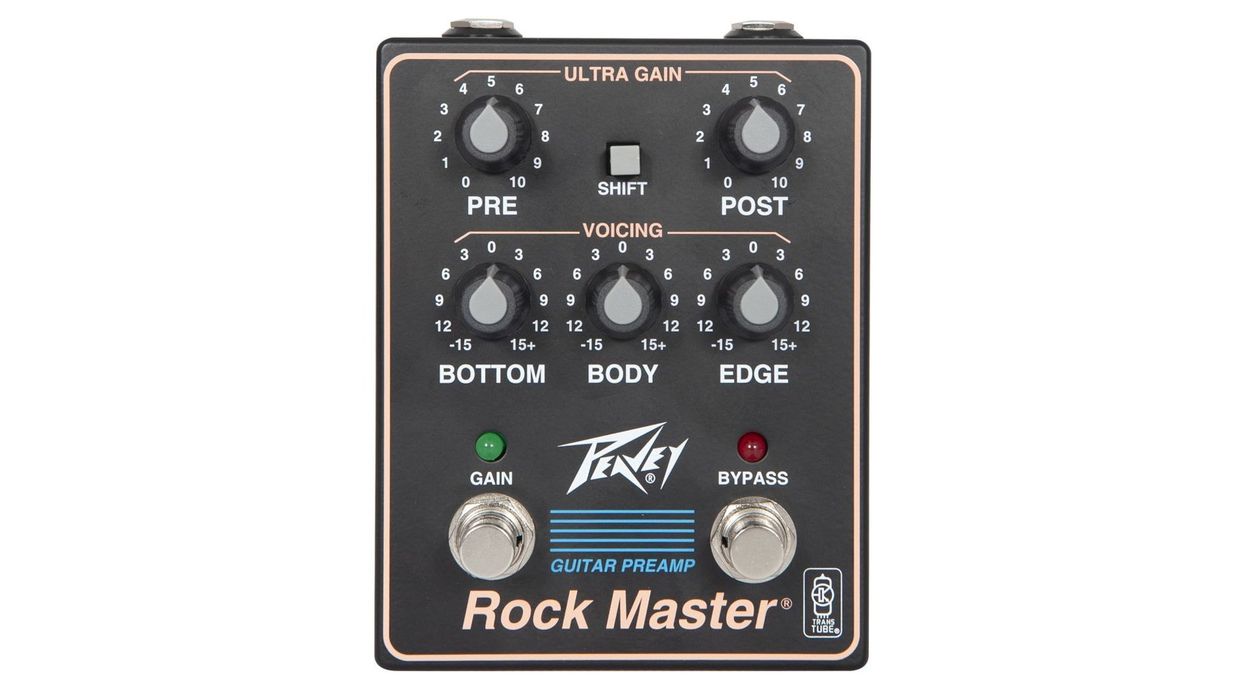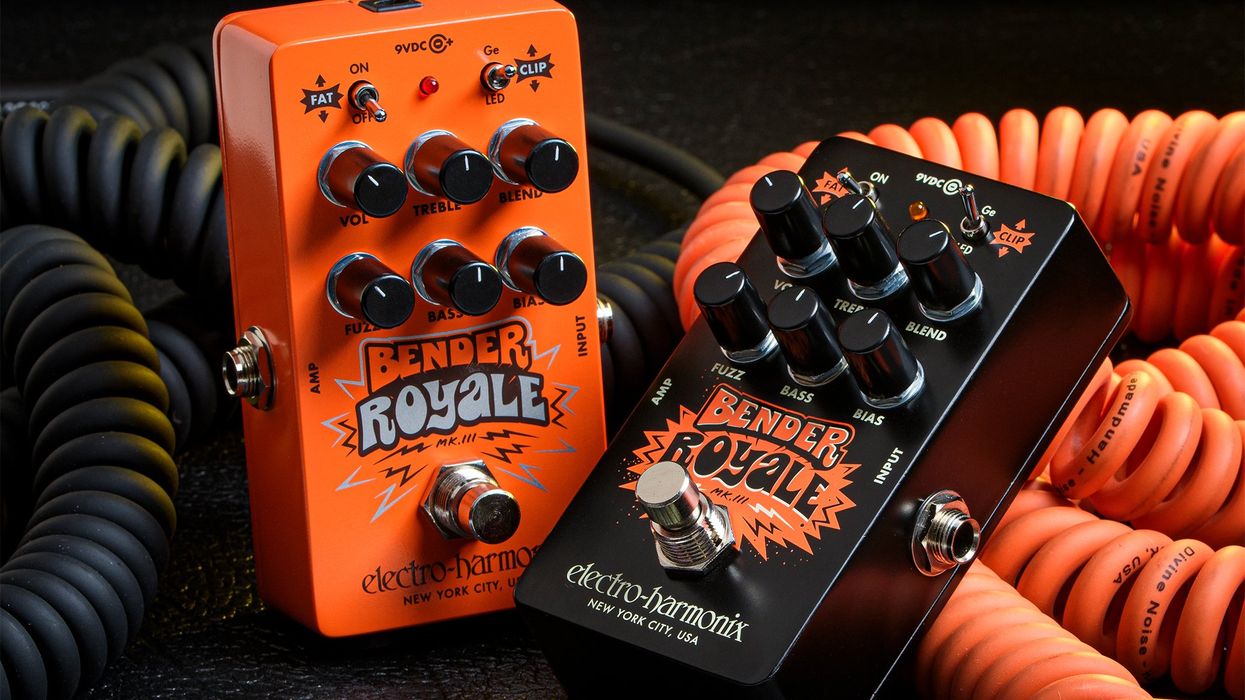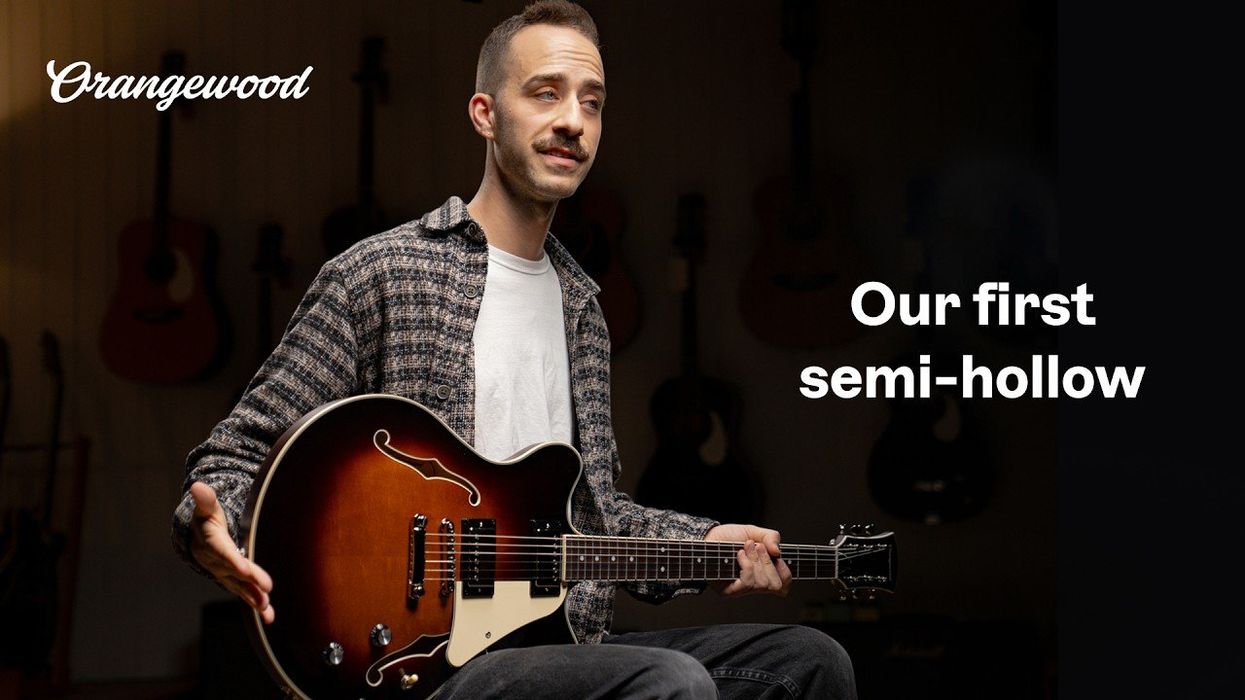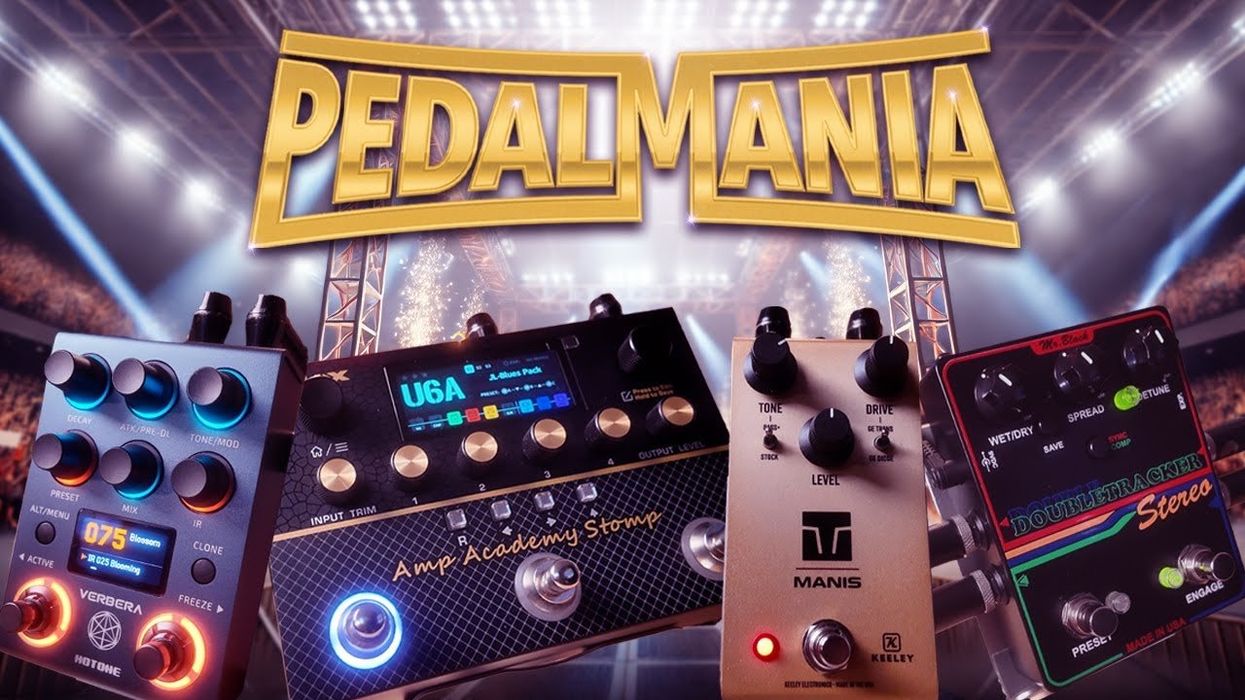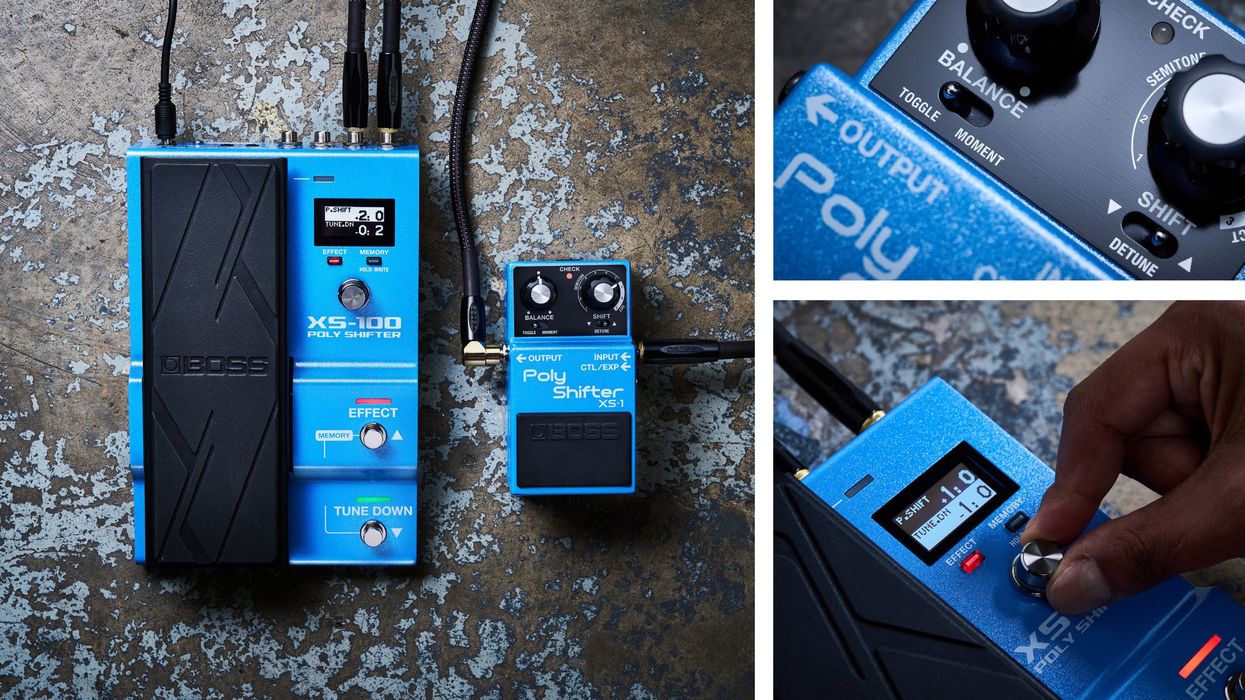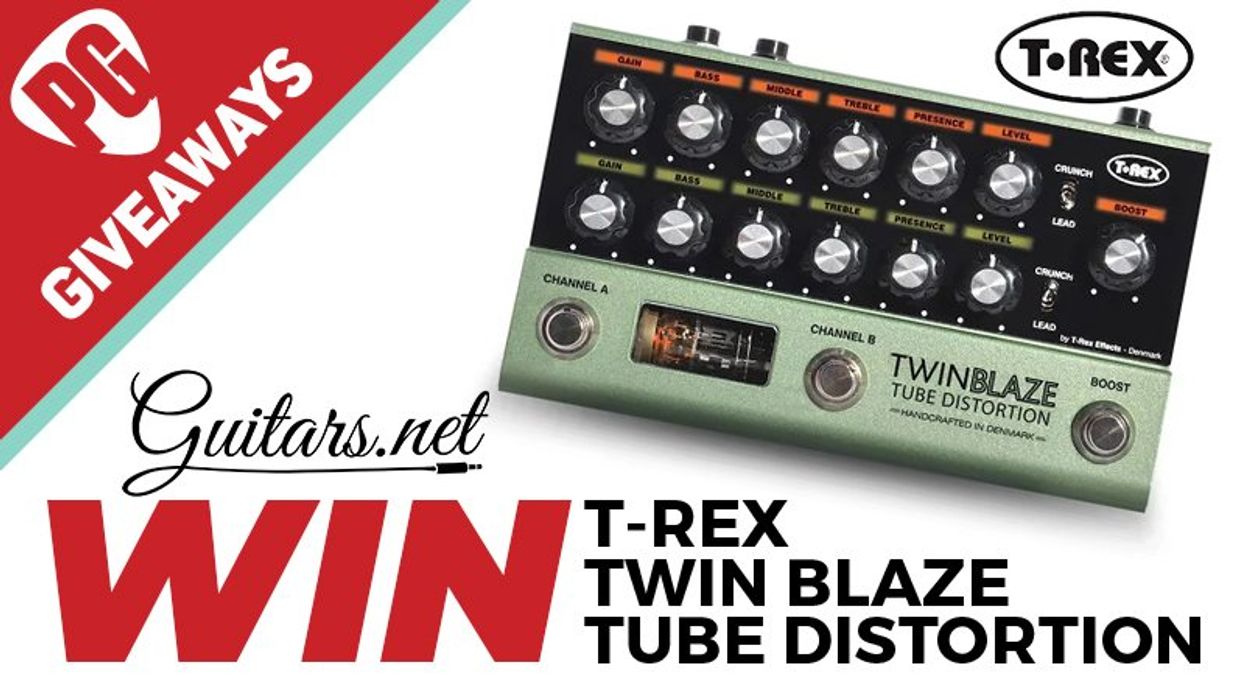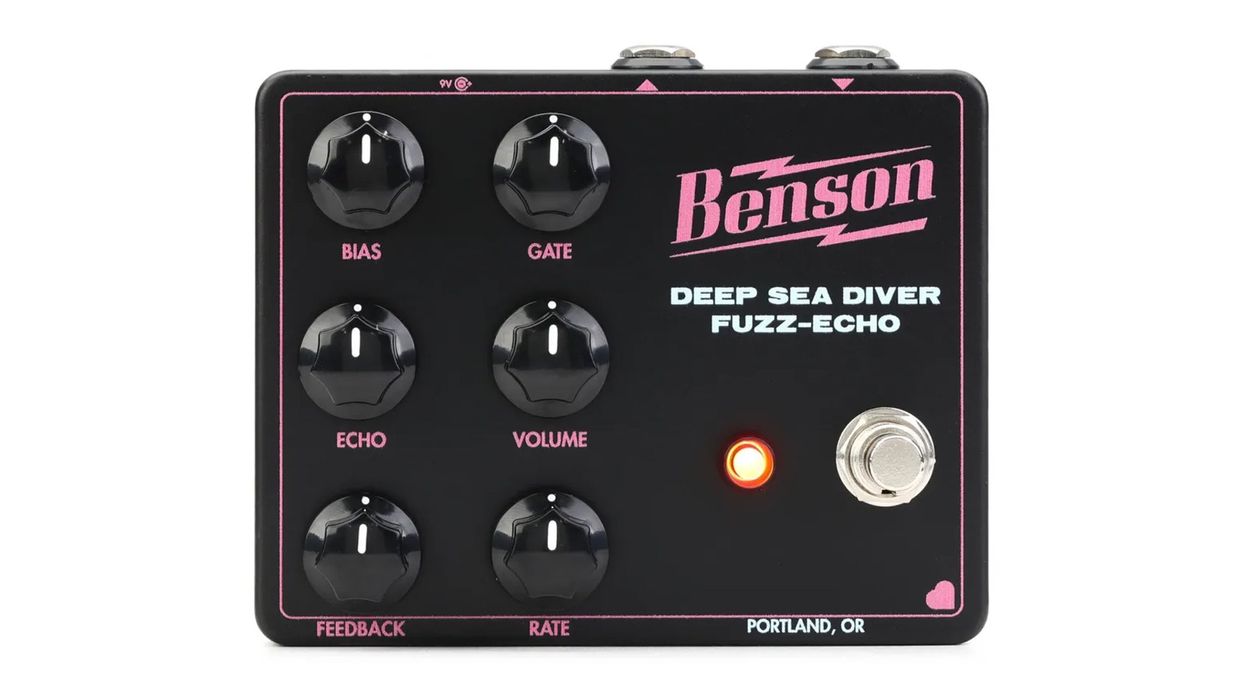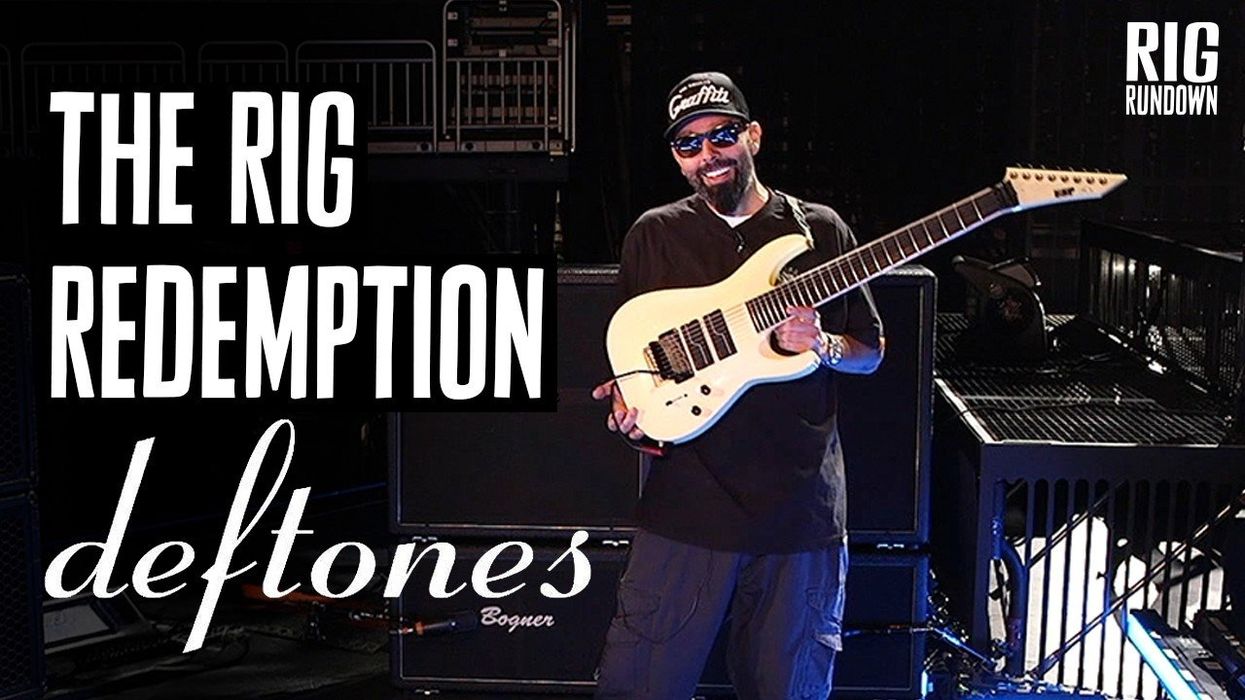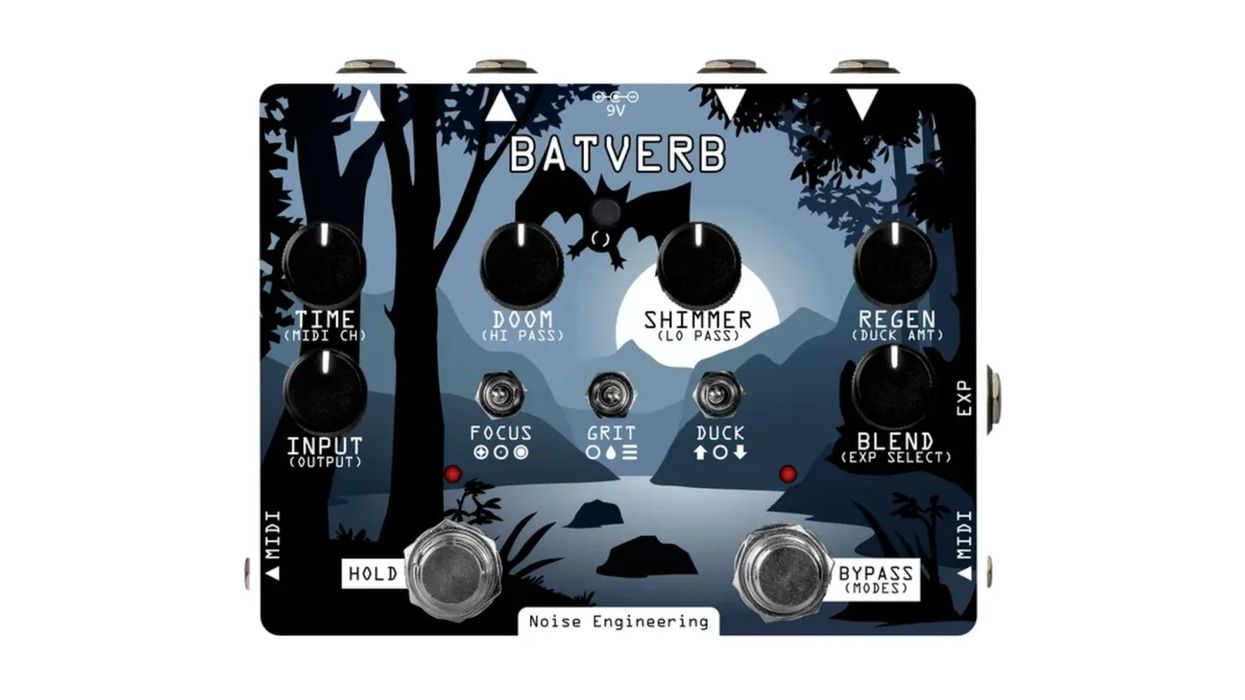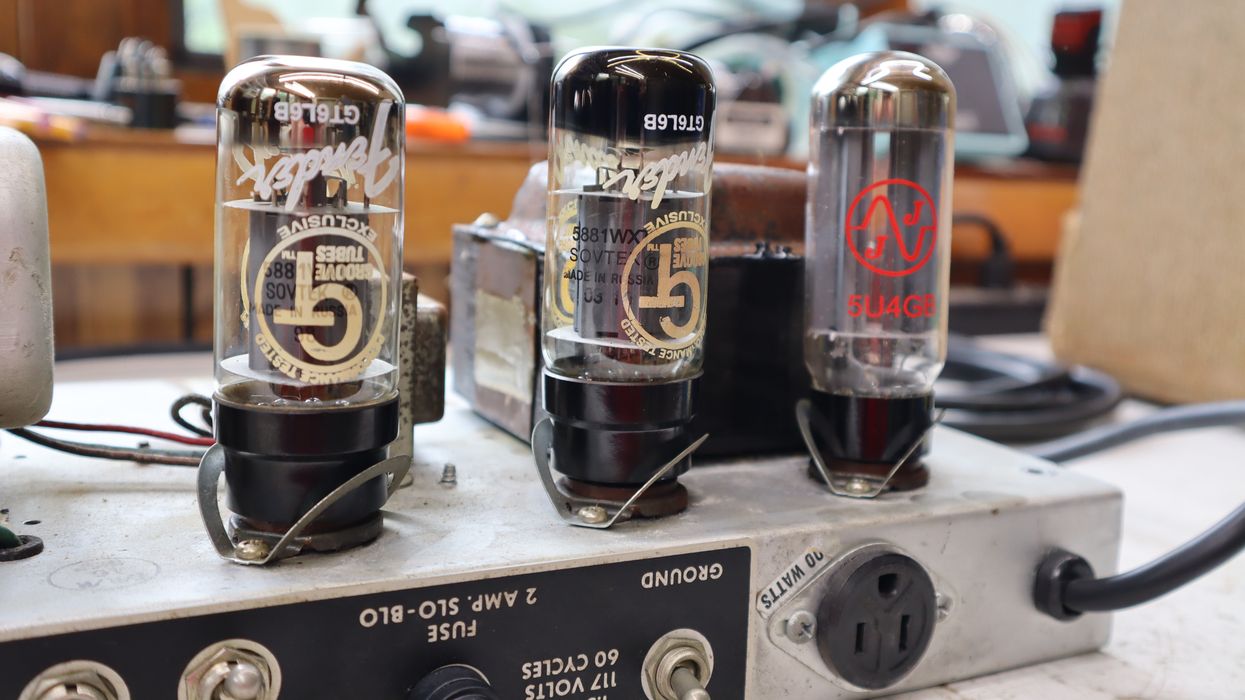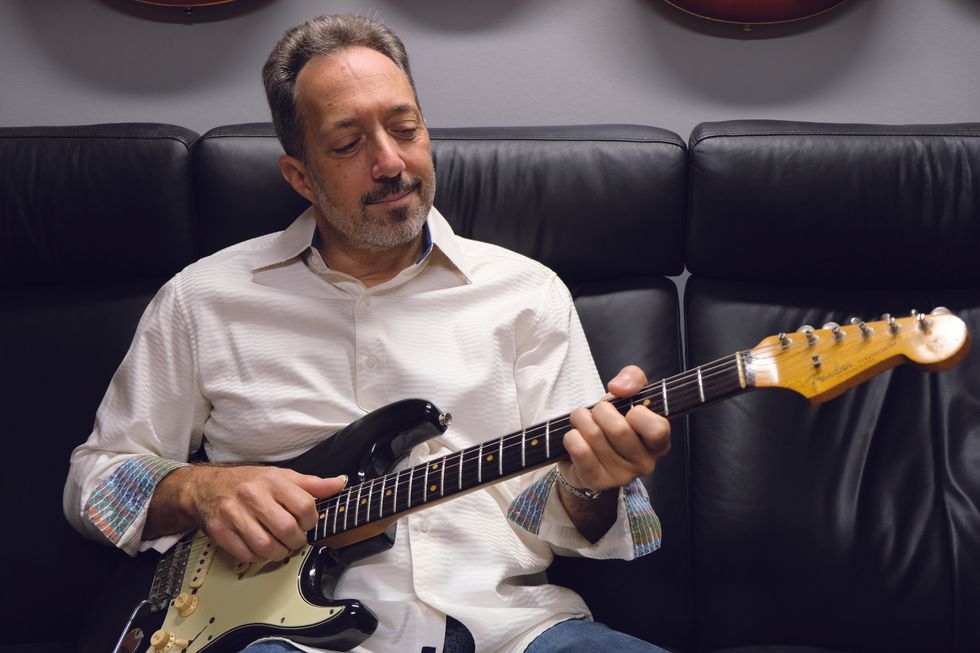September 2013
1953 Fender Telecaster
For many guitarists and collectors, a 1953 “blackguard” Telecaster is considered the Holy Grail of all Teles. Whether it’s because more were made than in the previous years due to the new factory’s increased production capabilities, or because three years had been spent perfecting building techniques, a large number of legendary Tele artists were known to favor ’53s. Some of the most famous of these players include James Burton, Roy Buchanan, and Danny Gatton. The amp supporting this Tele is a wide-panel Fender Deluxe from the same year. Scotty Moore used one much like it on his earliest recordings with Elvis. It is equipped with a Jensen P12R 12" speaker and powered by two 6V6GT tubes. The amp is capable of about 10 to 14 watts of output power.
Original price: $189.50 for Telecaster in 1953, $99 for Deluxe in 1953
Current estimated market value: $25,000 for Telecaster, $2,500 for Deluxe
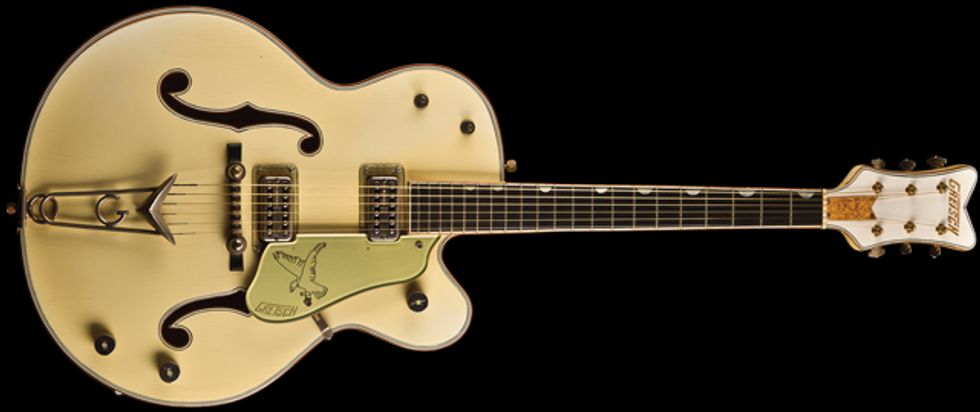
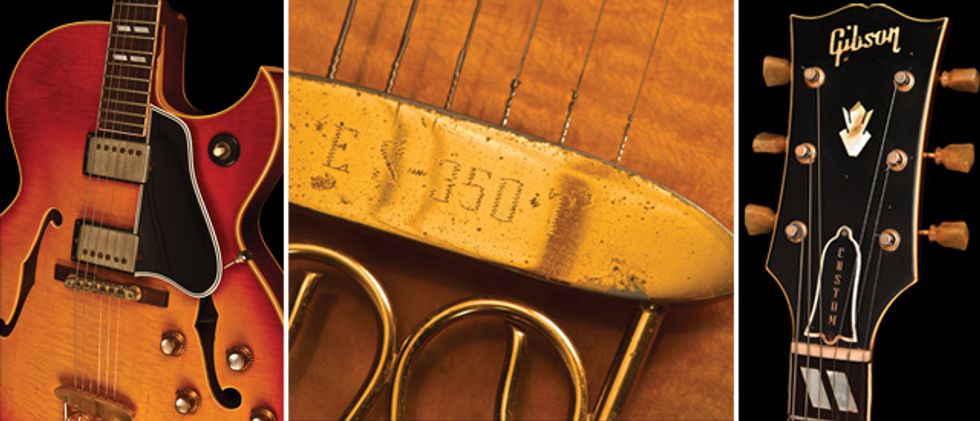
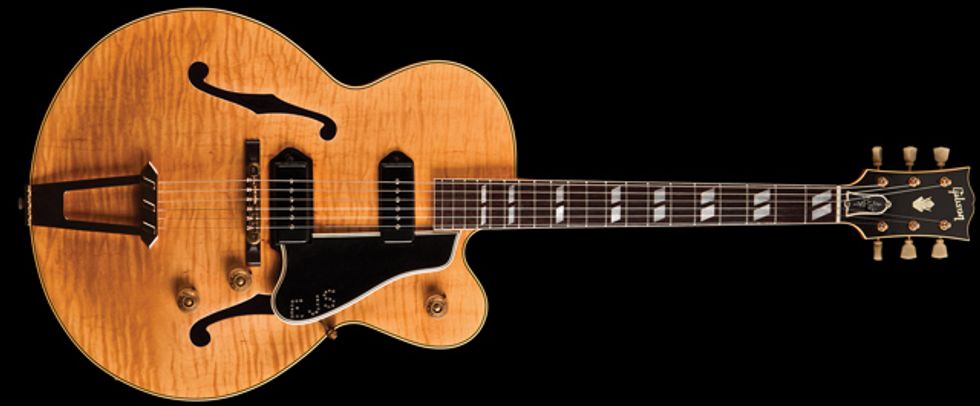
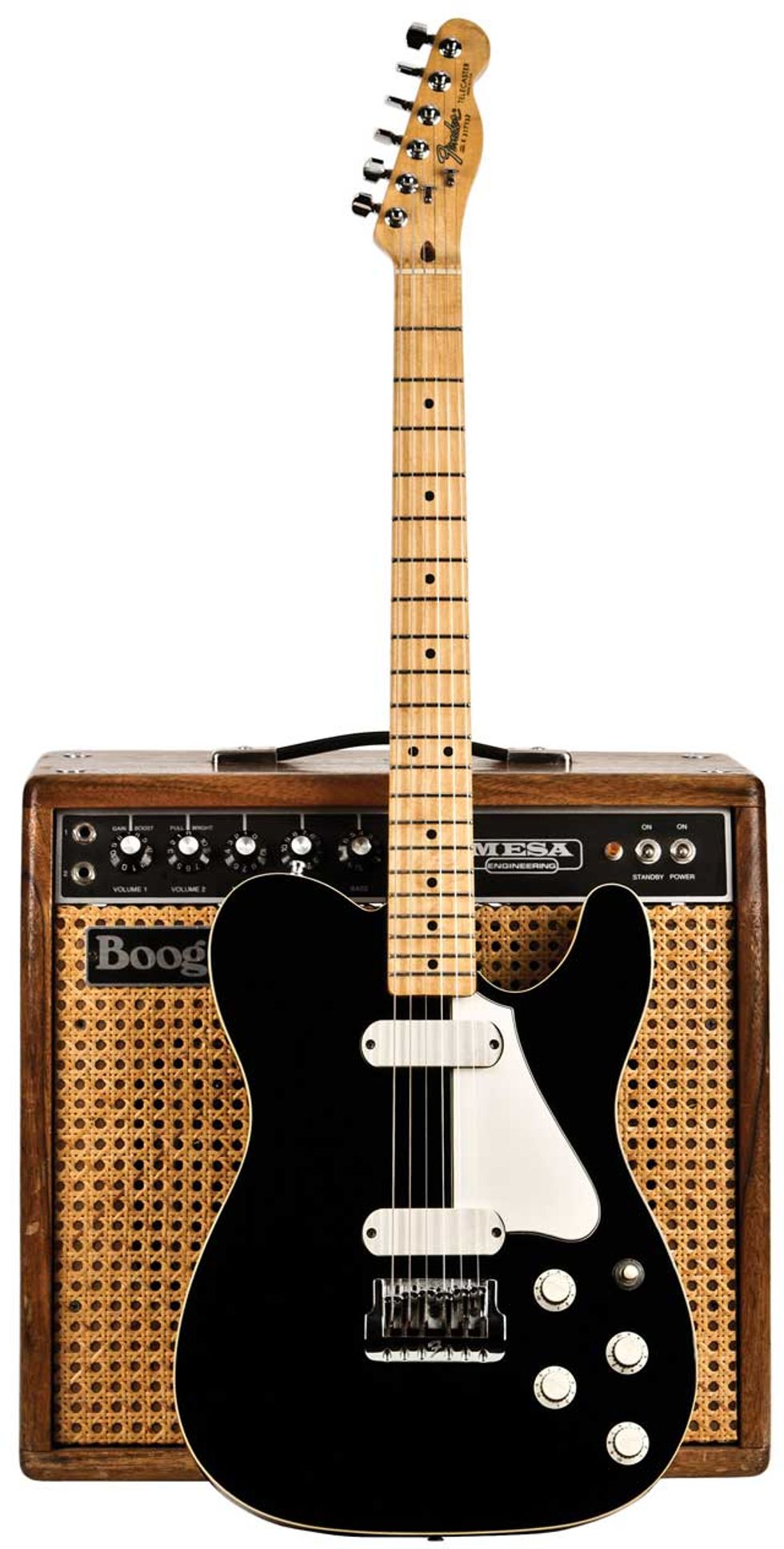
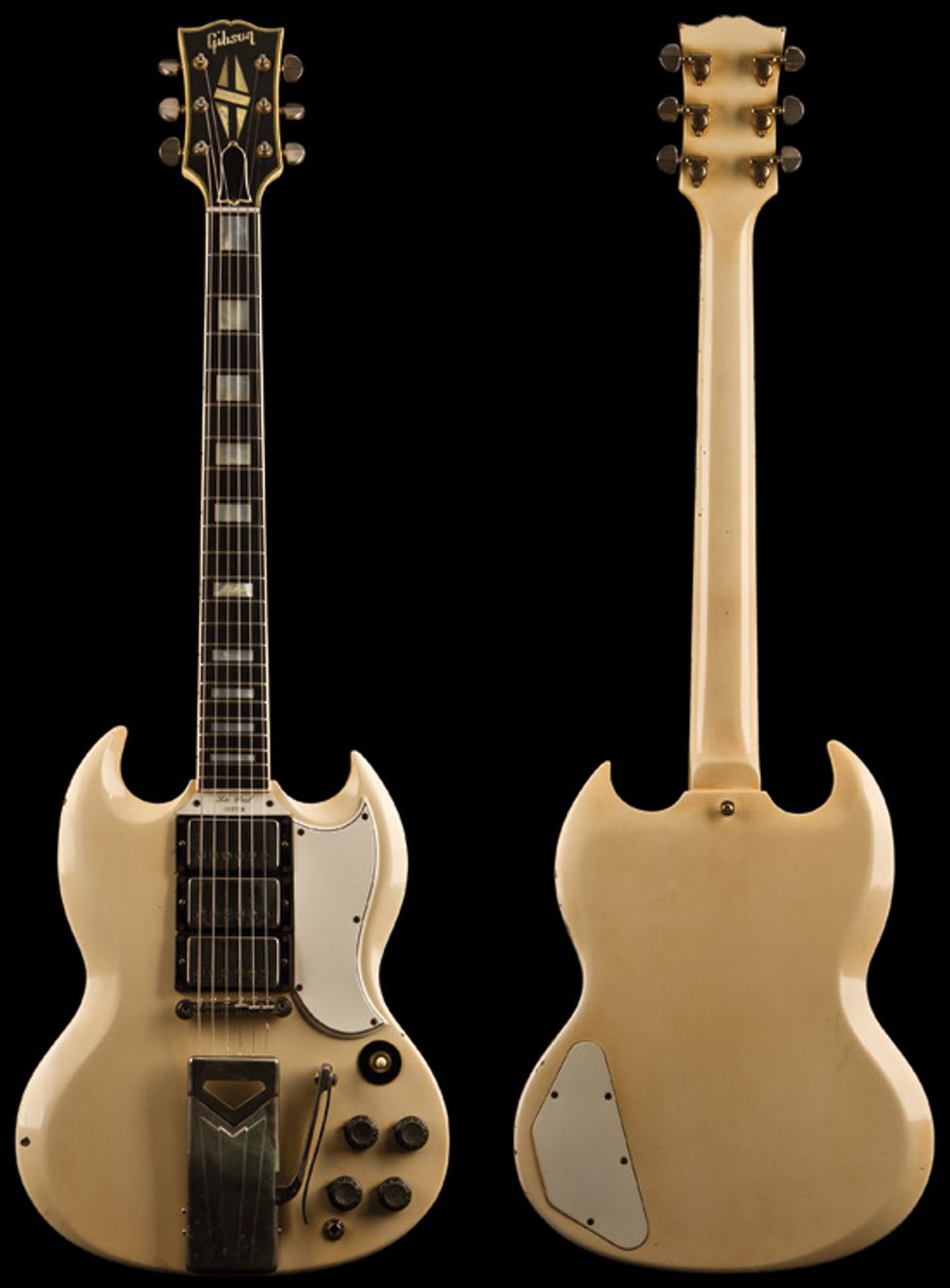
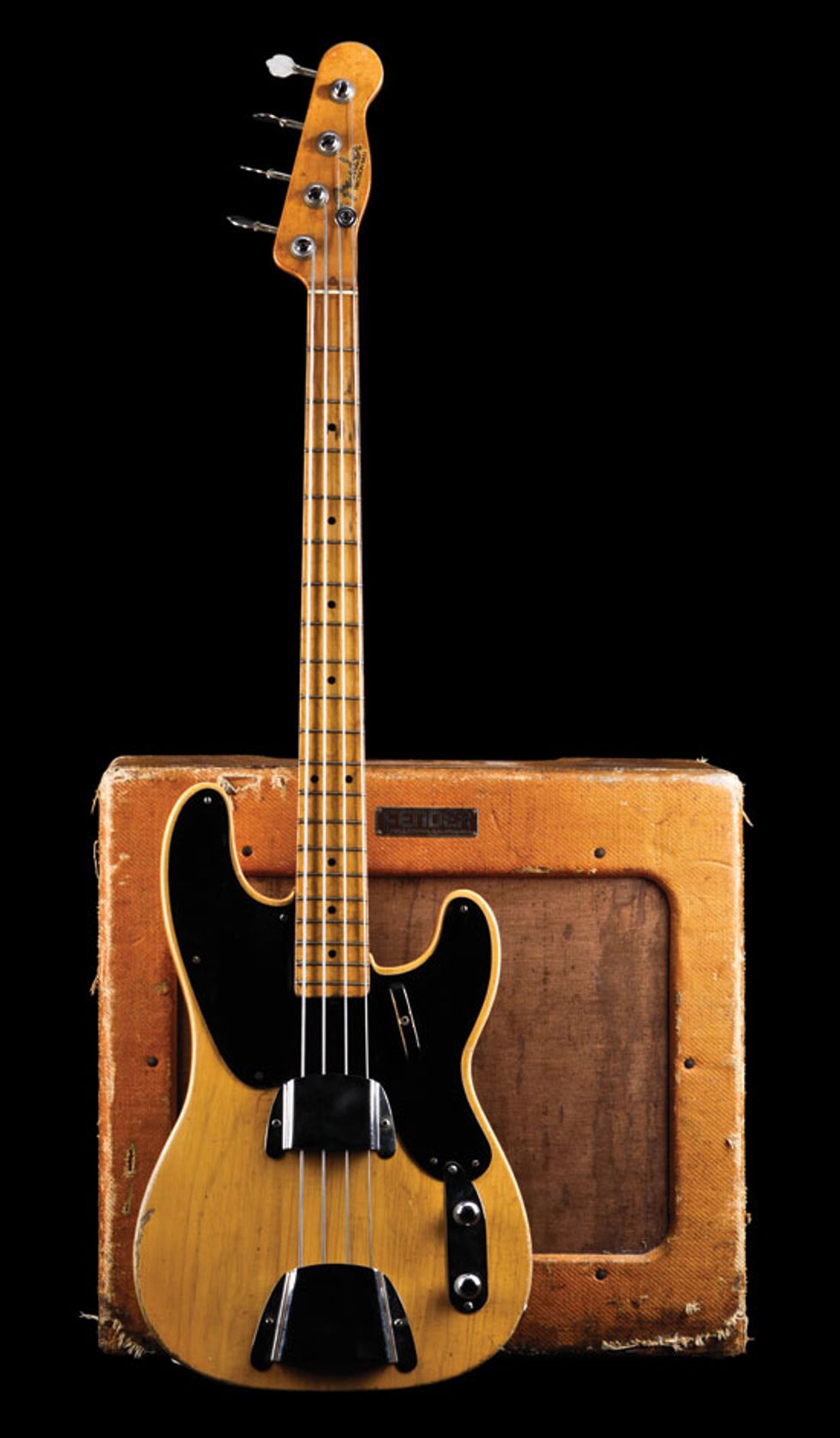
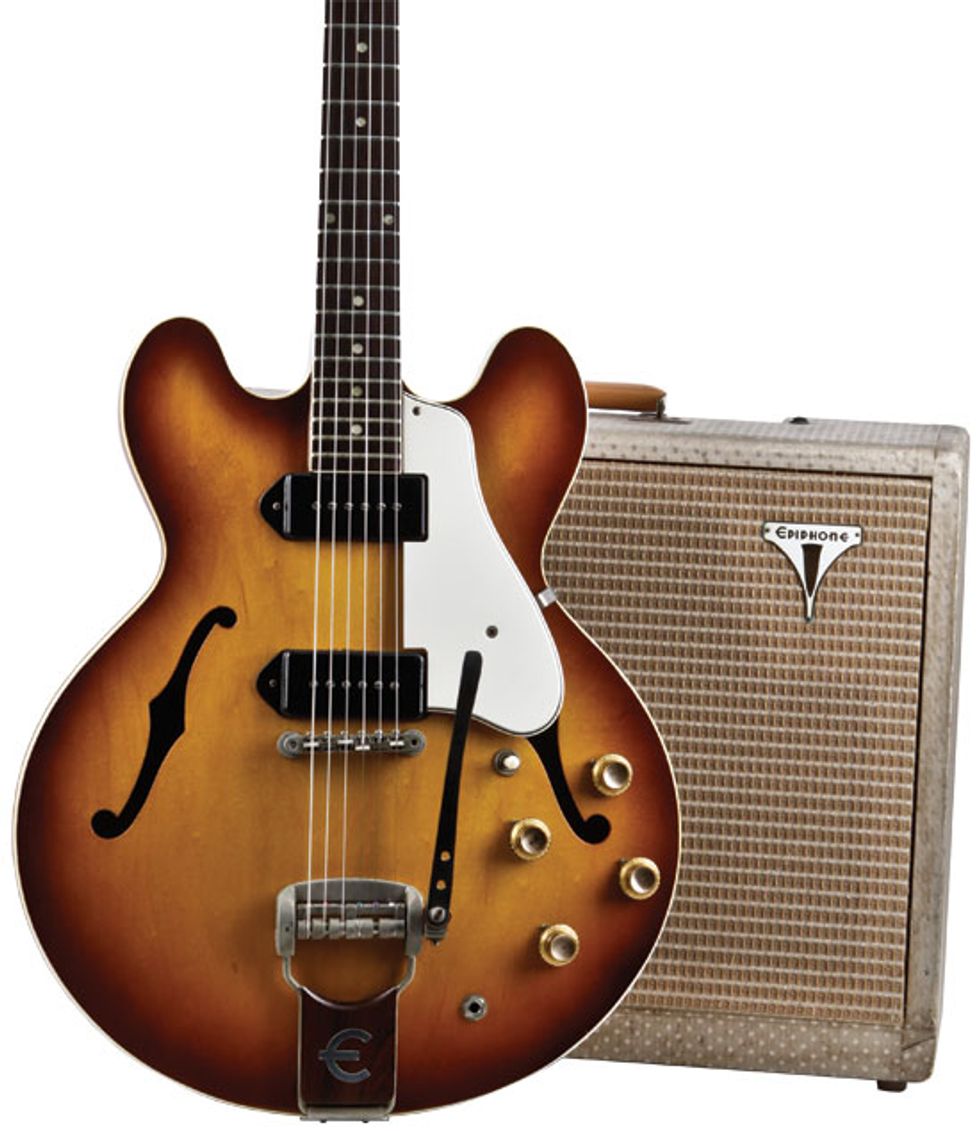
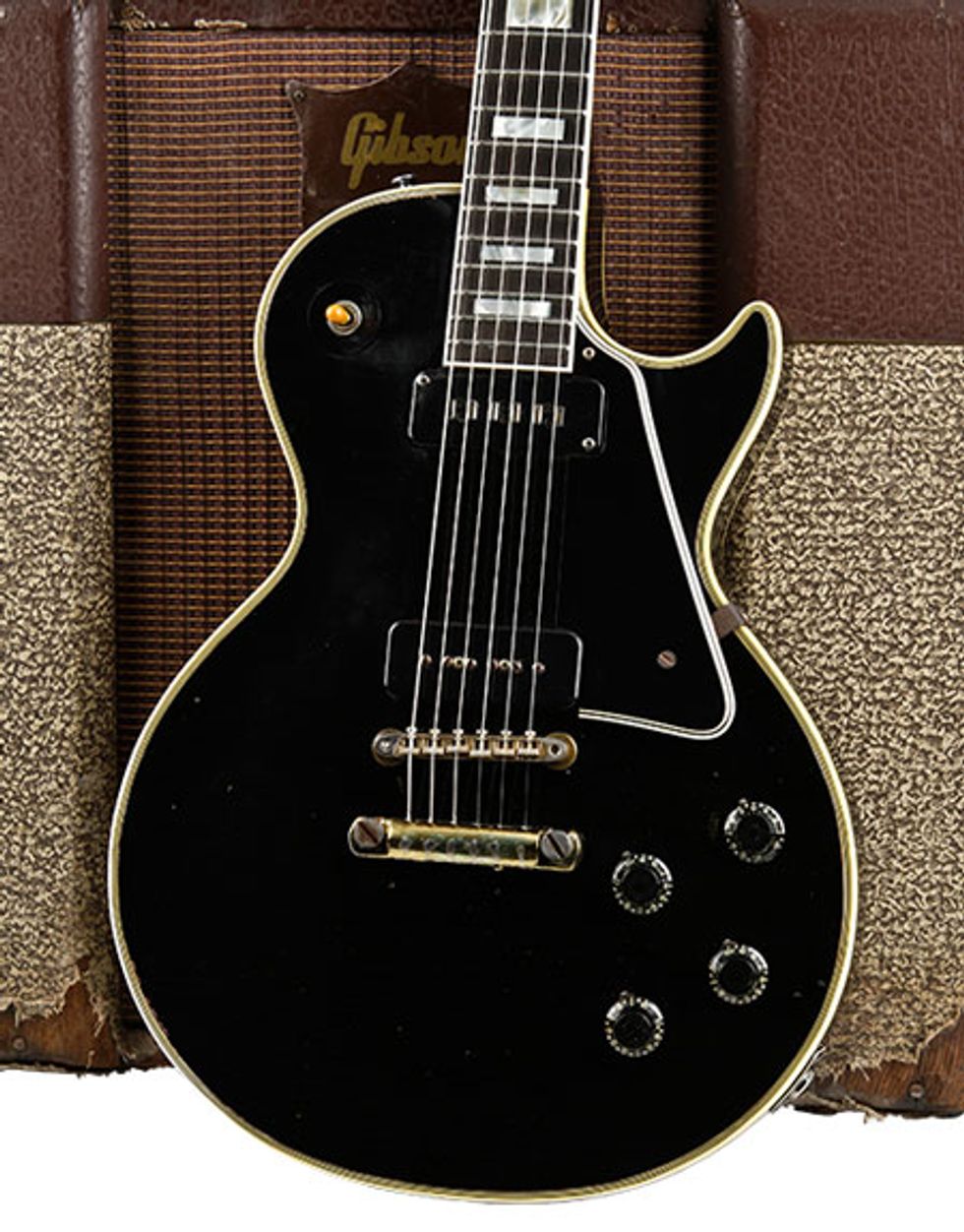
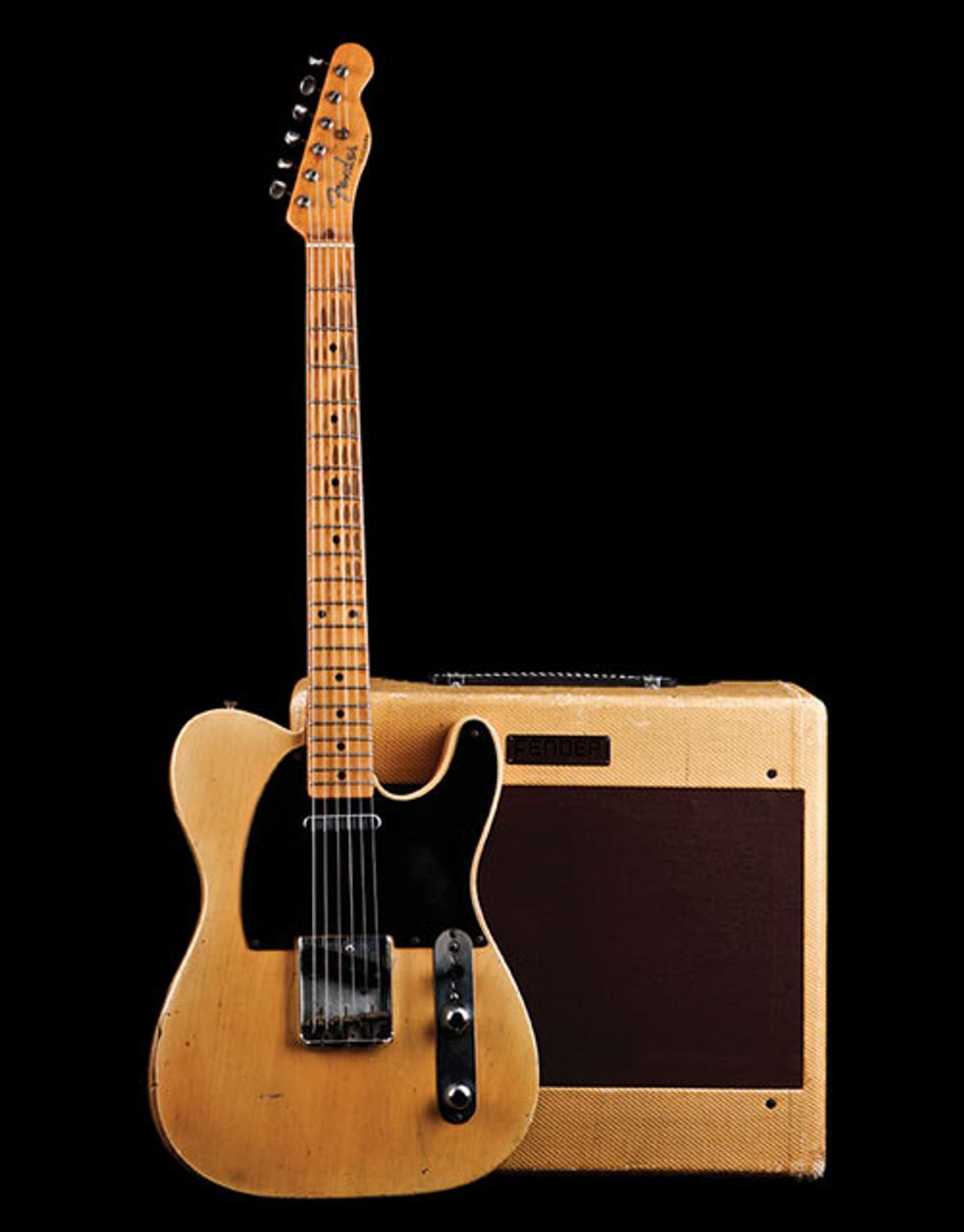
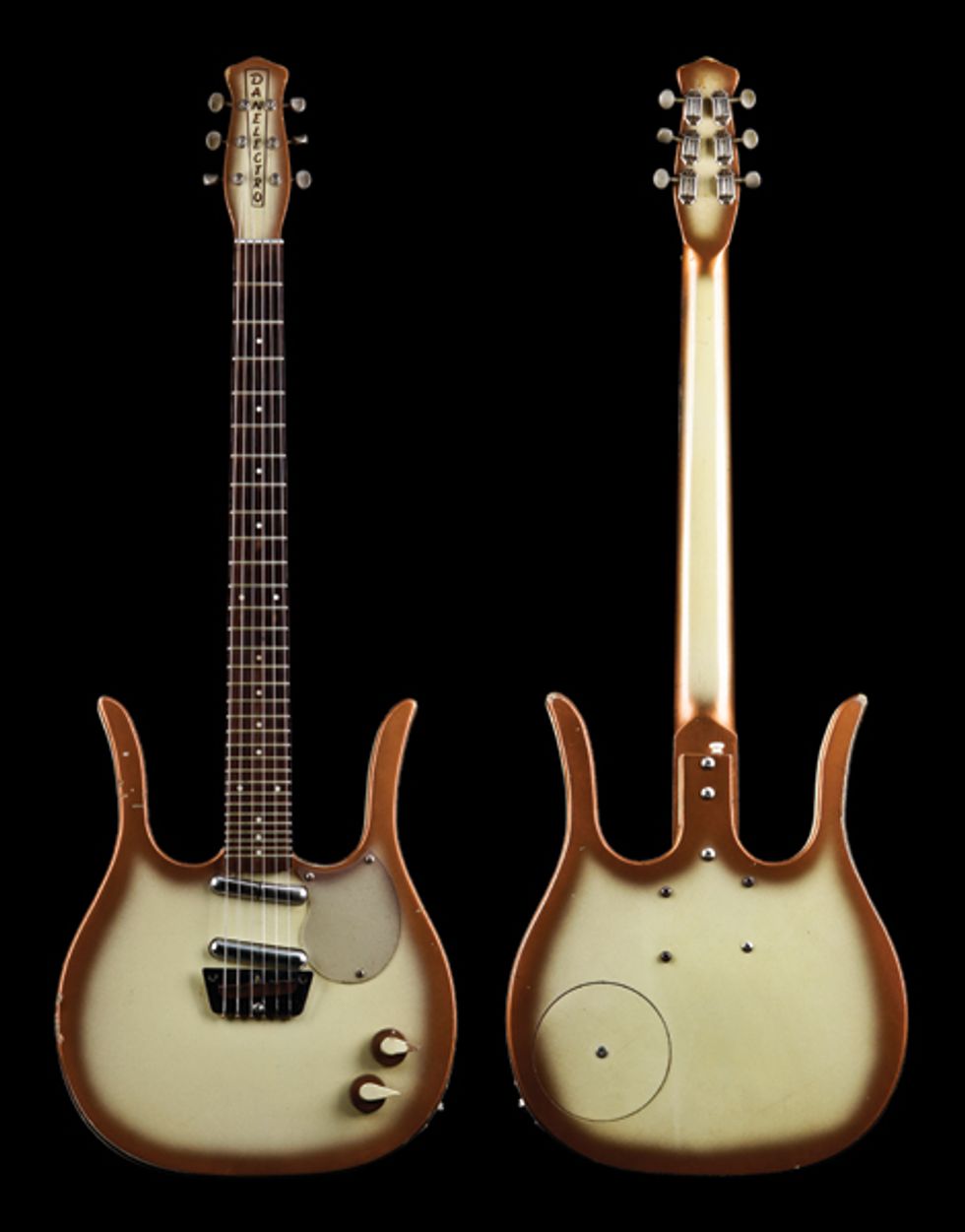
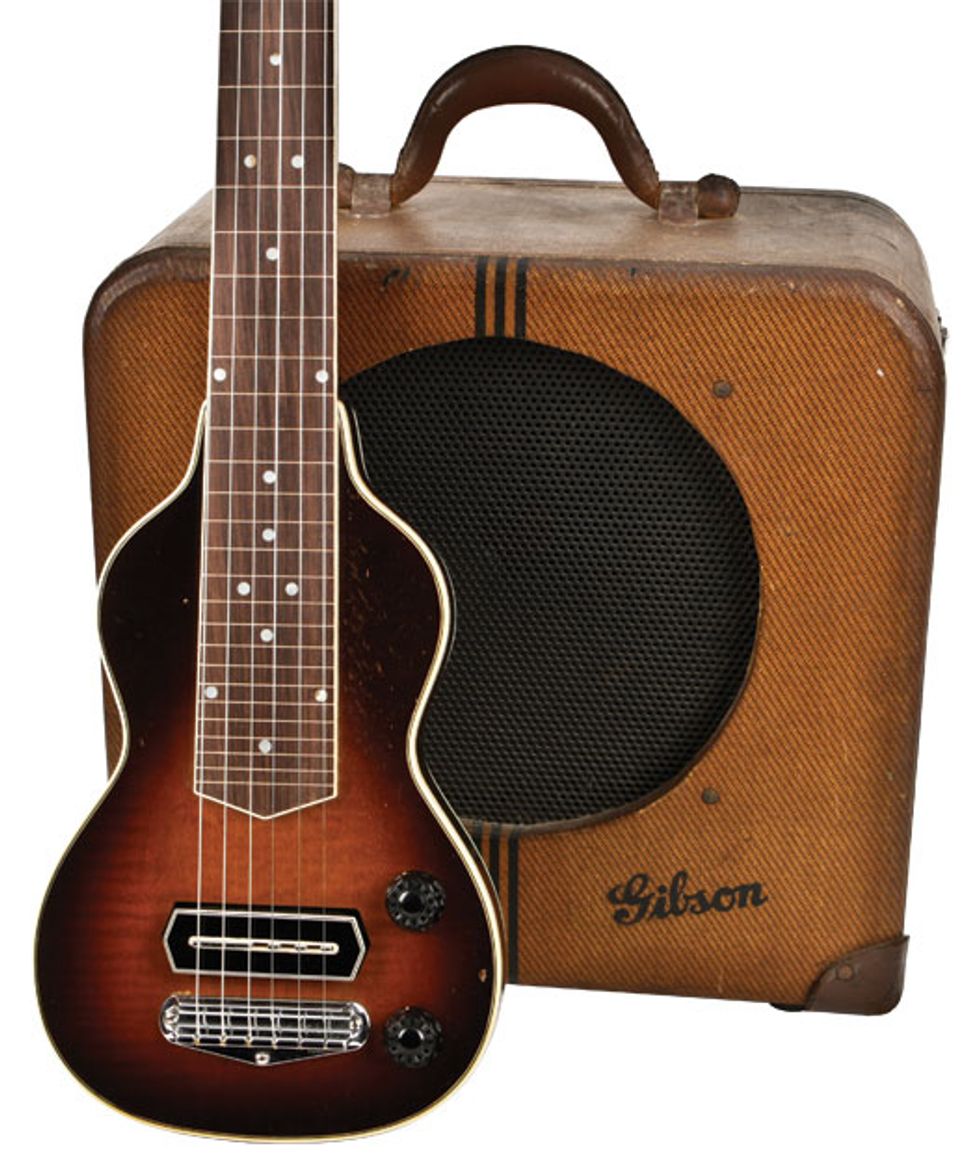
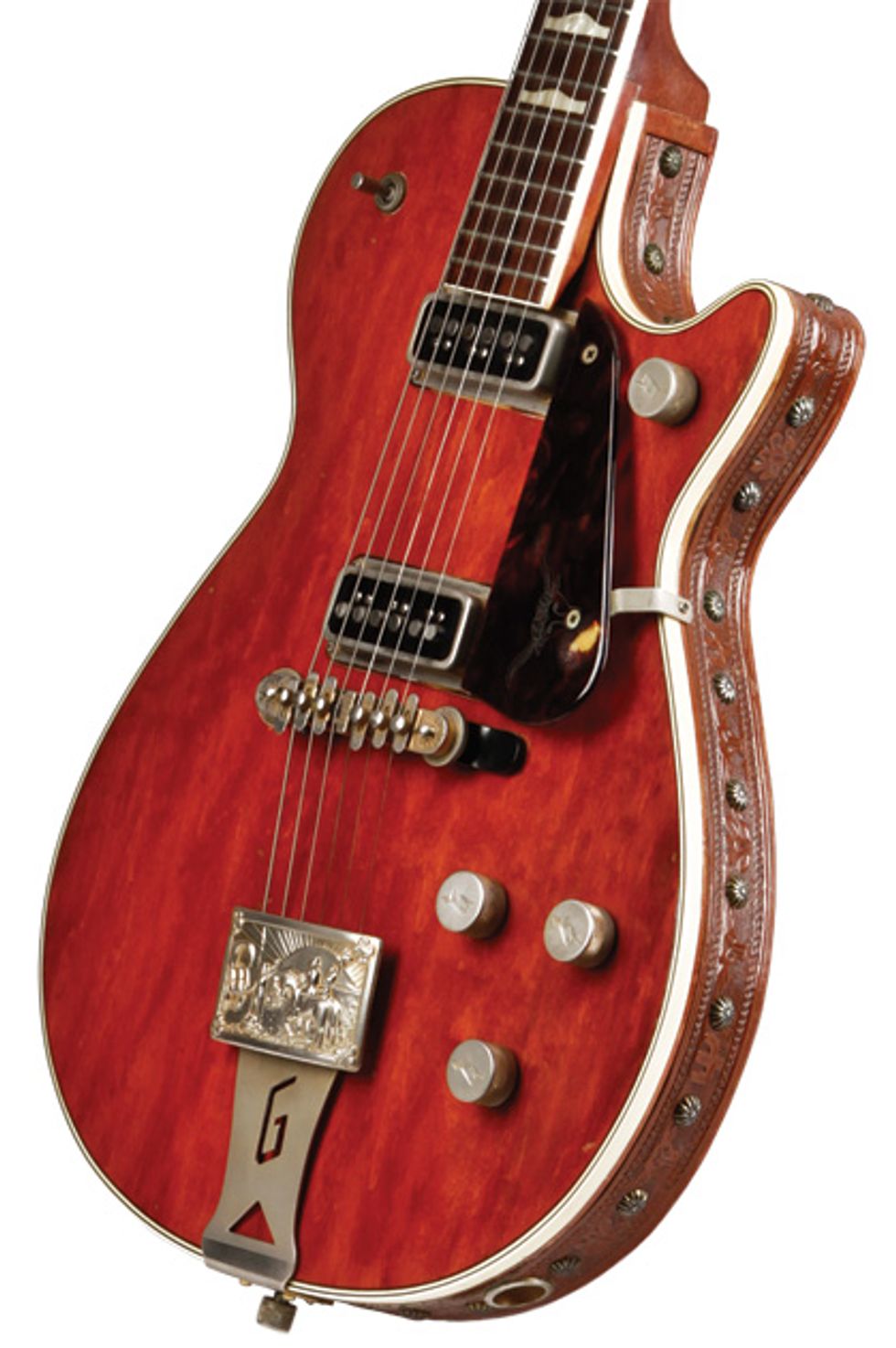
We’ve compiled an abbreviated gallery of all the vintage gear highlighted last year by Laun Braithwaite, Tim Mullally, and Dave Rogers of Dave’s Guitar Shop in their monthly column, Vintage Vault. To read the larger history of these instruments, visit the “Vintage Vault” section by clicking here or navigating under the Premier Blogs tab above for the full monty.
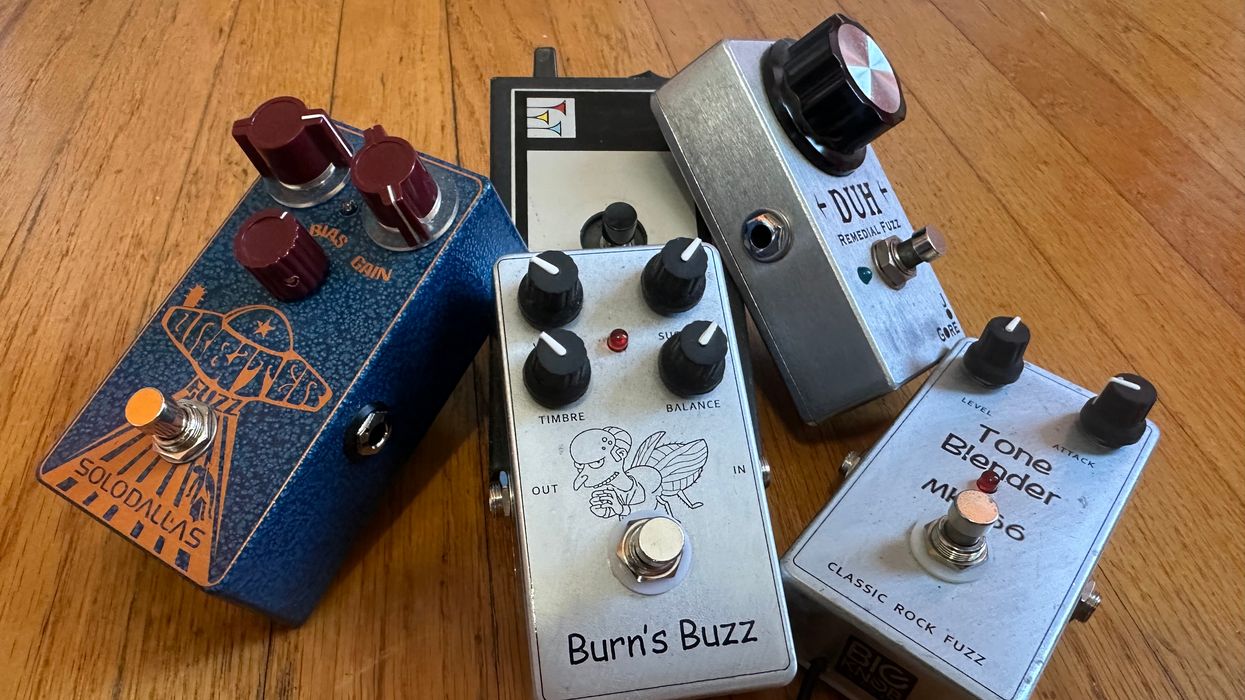
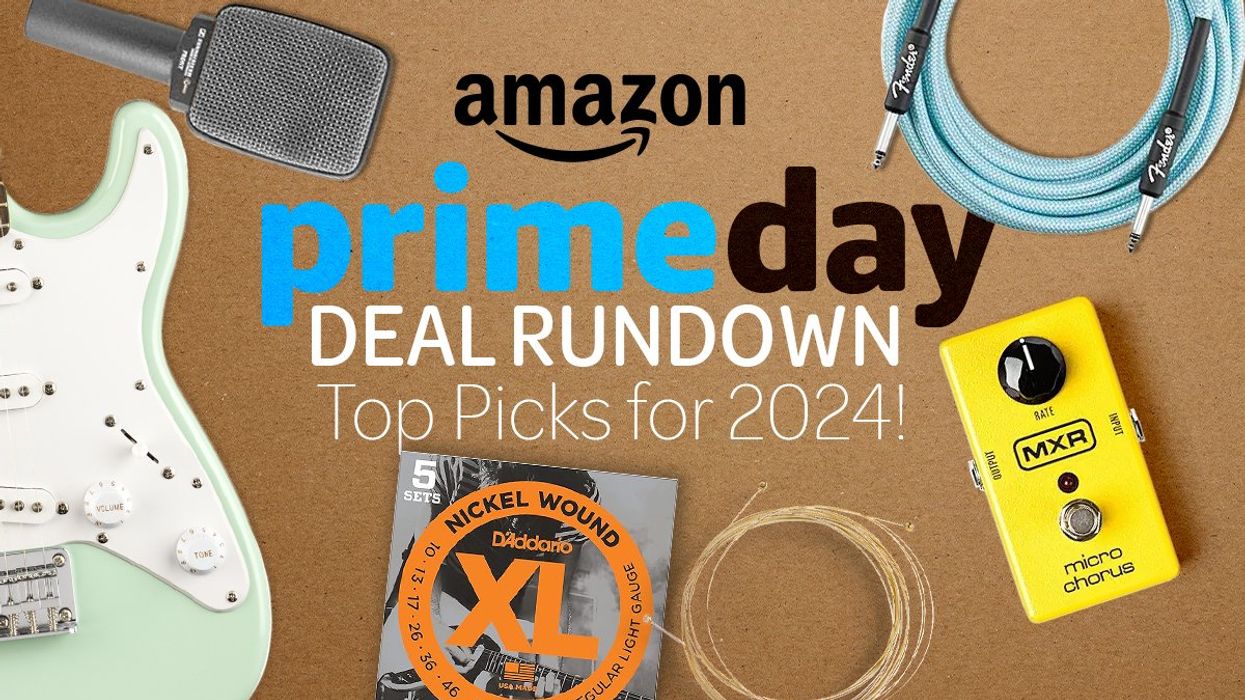
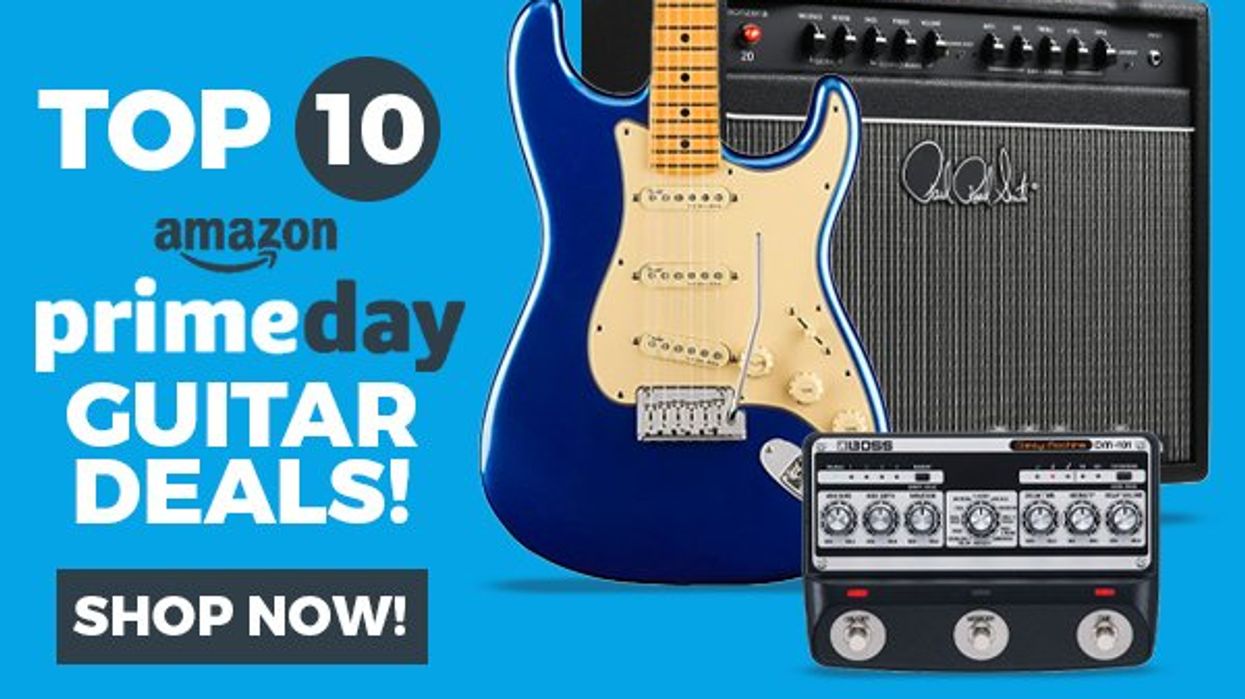
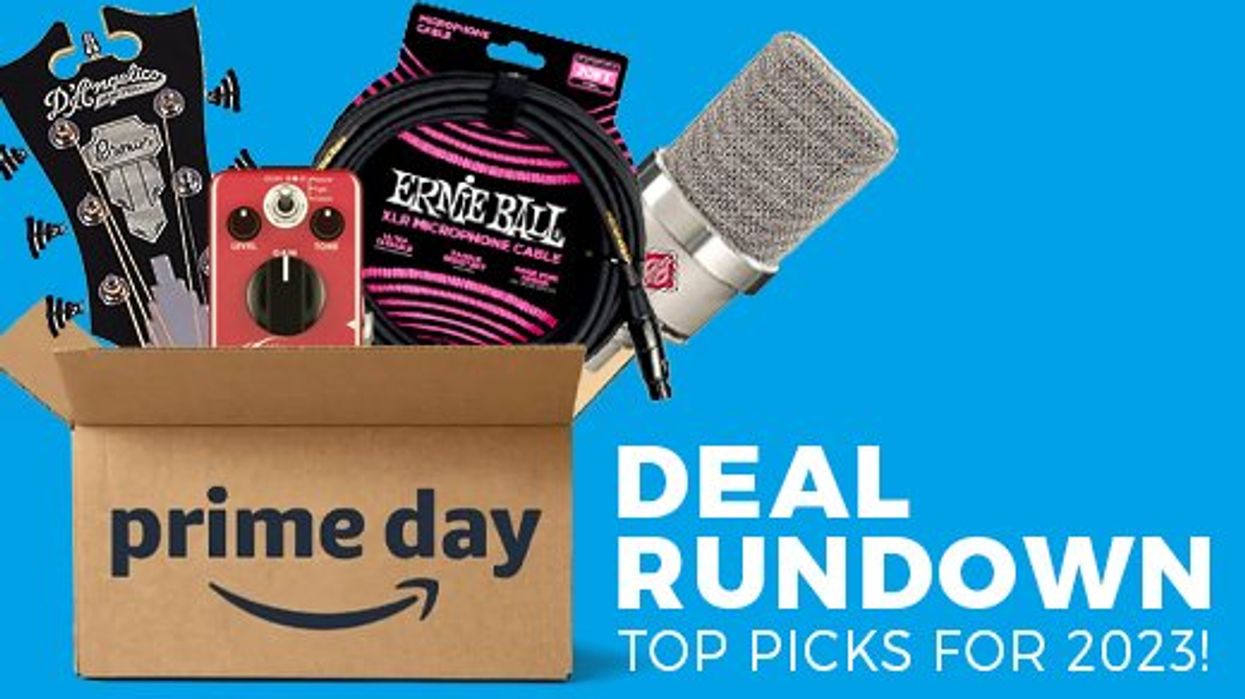
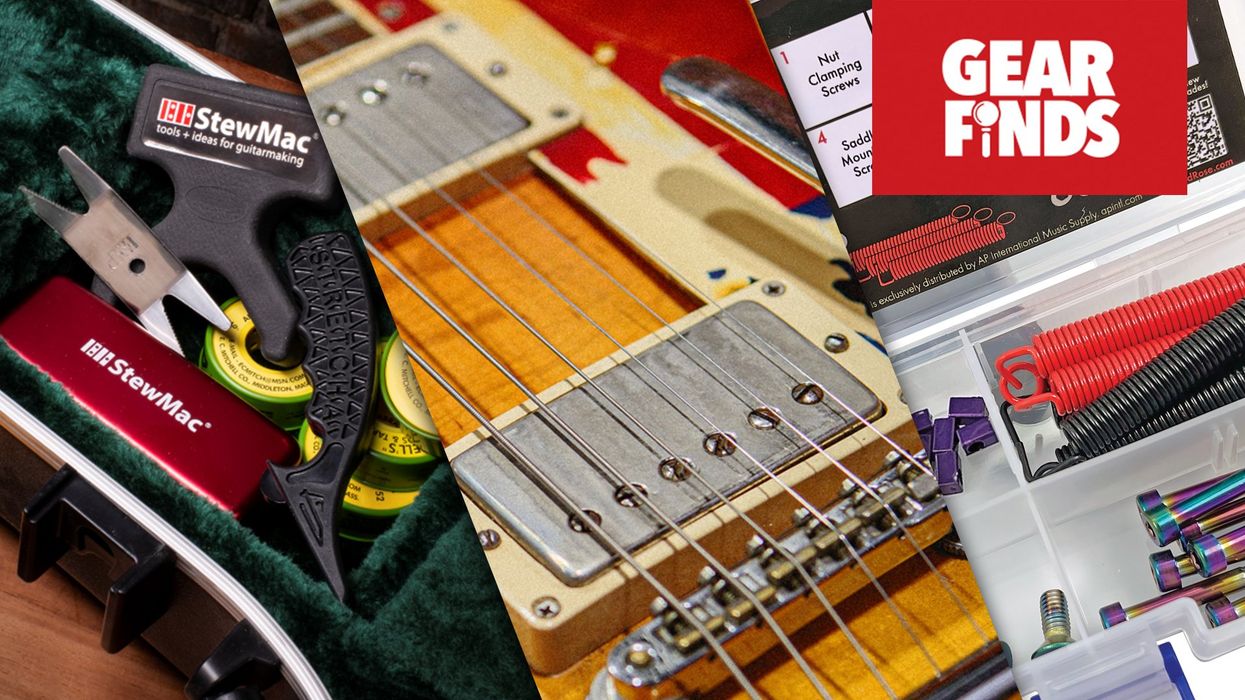
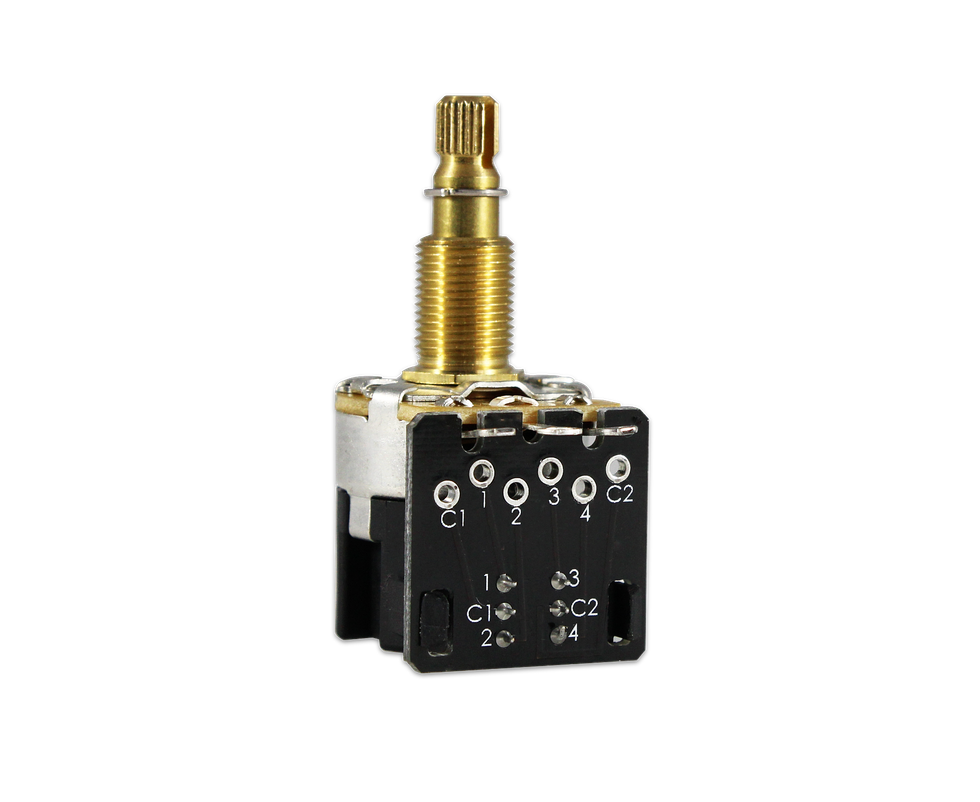
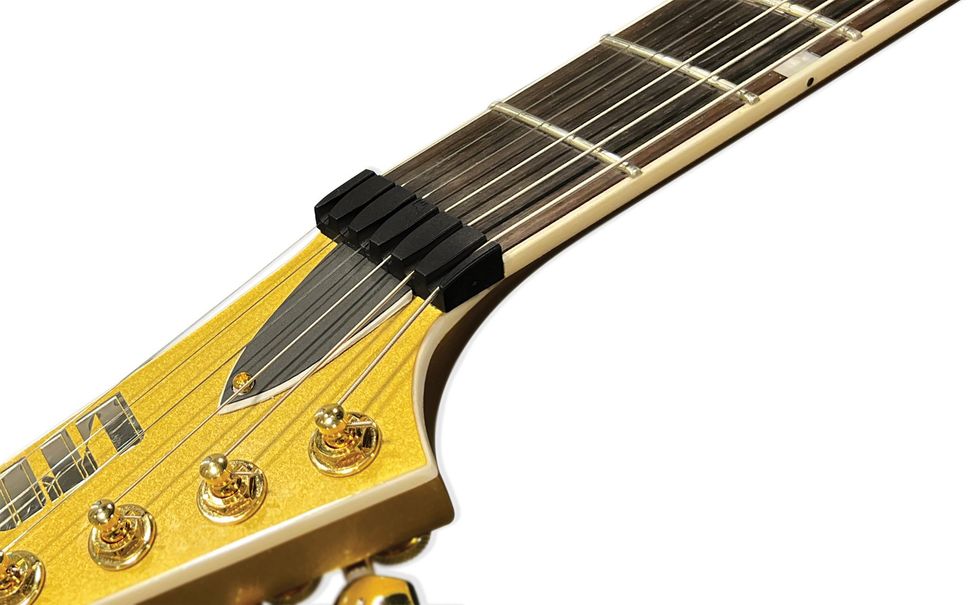
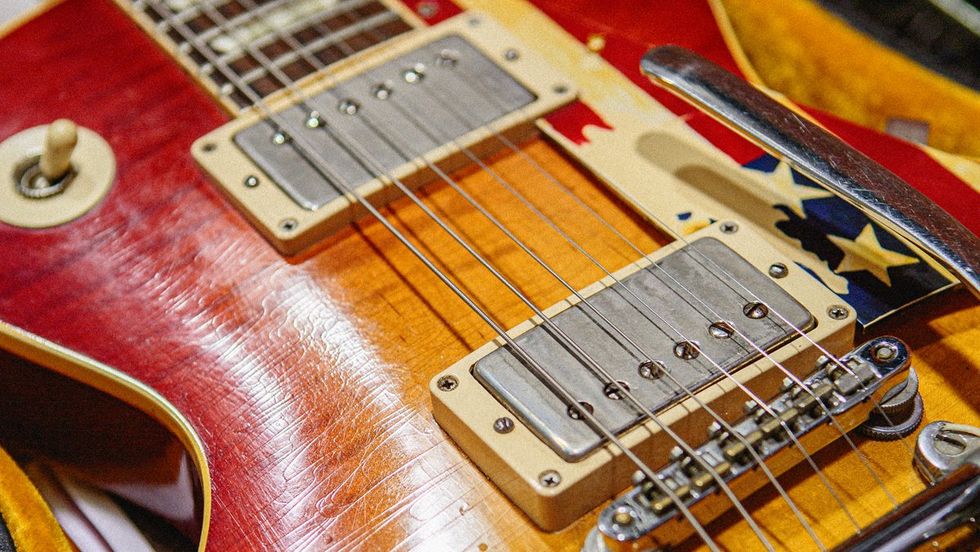
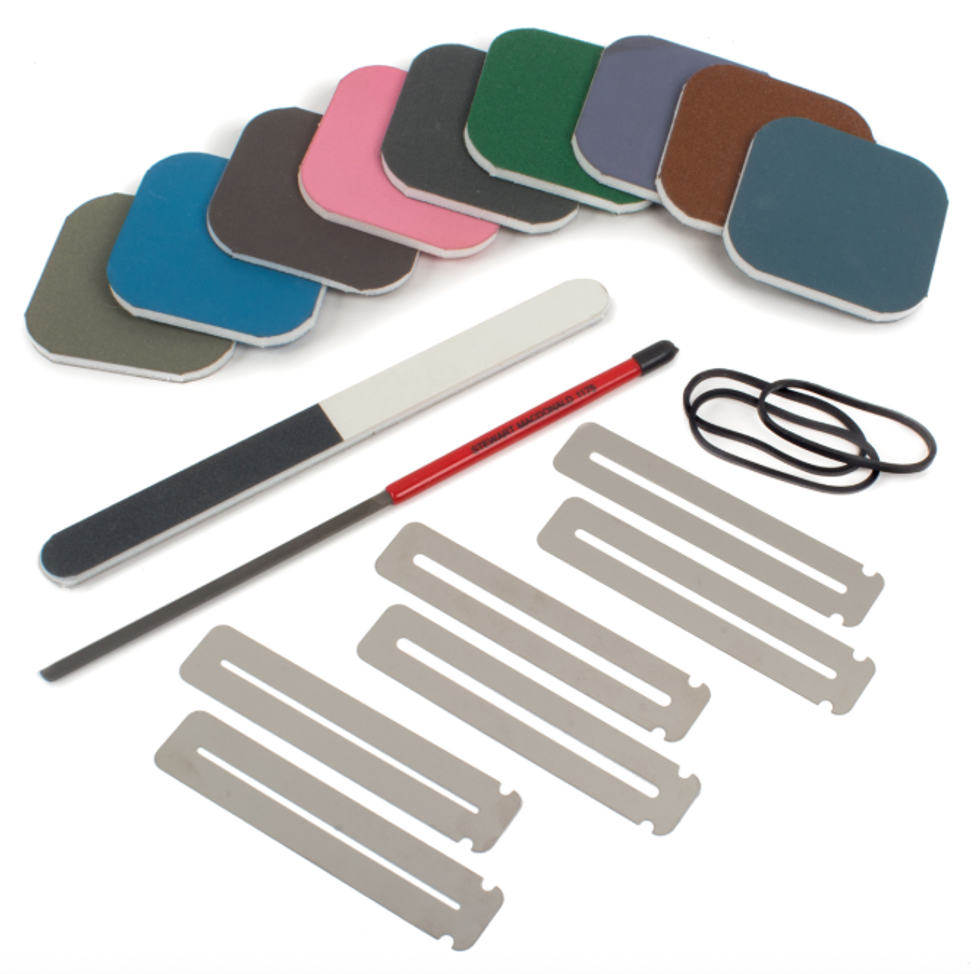
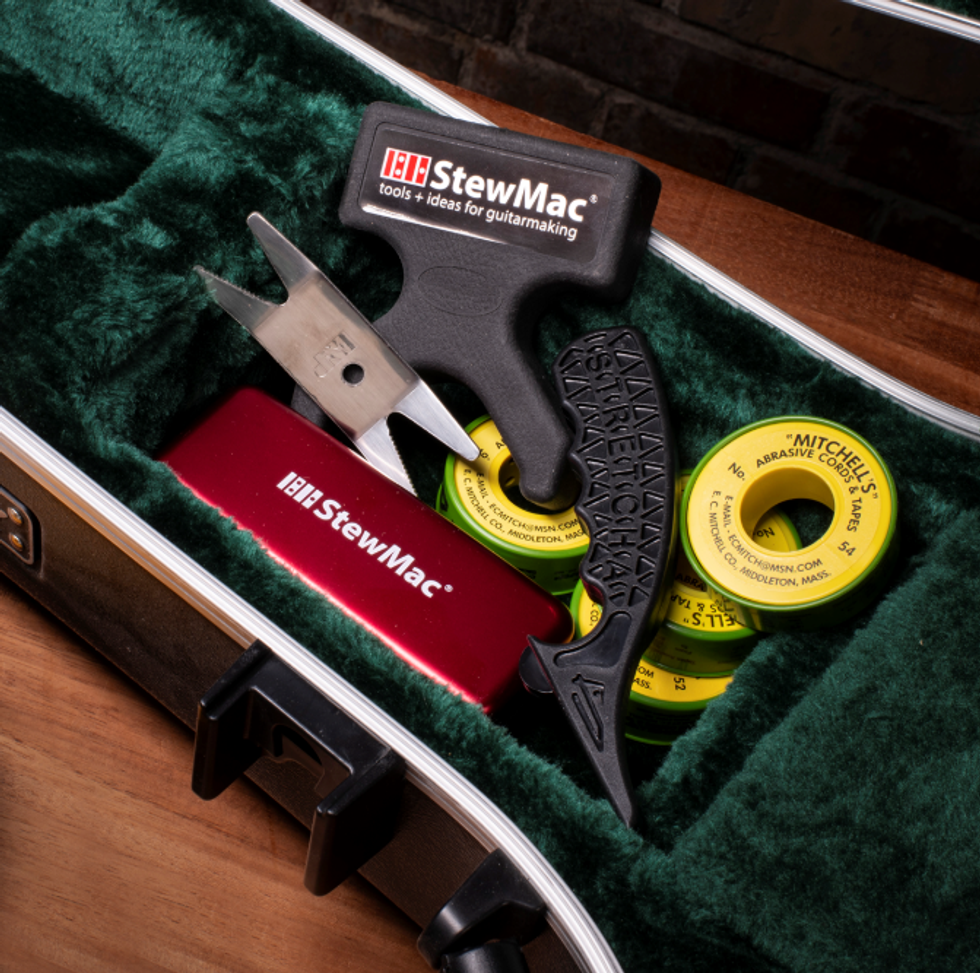 StewMac
StewMac